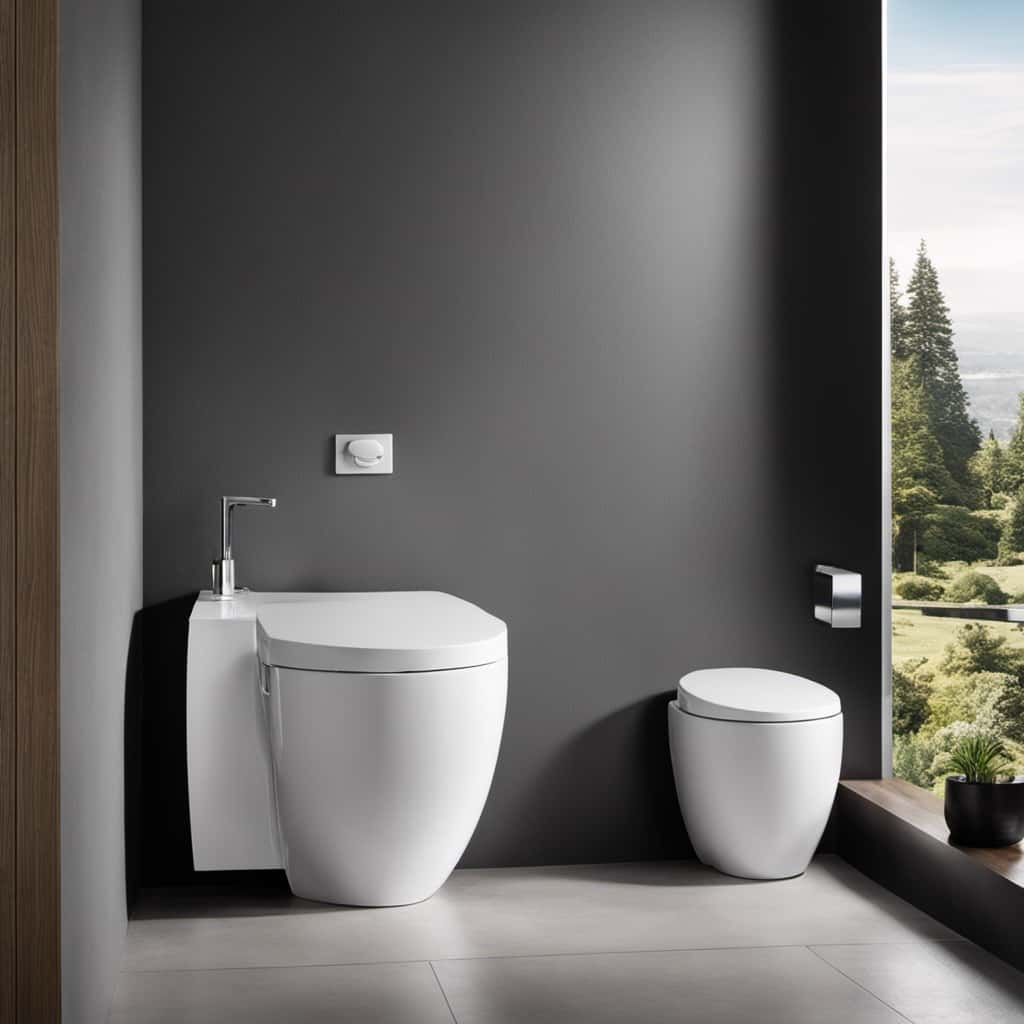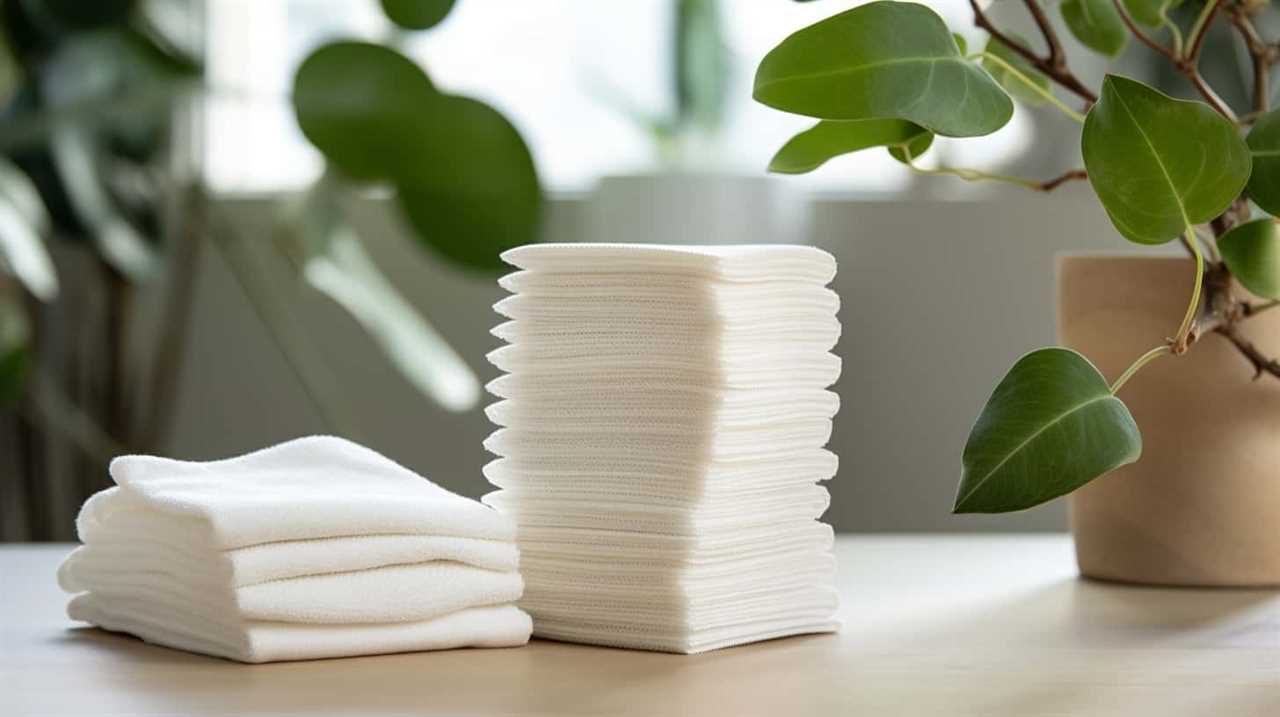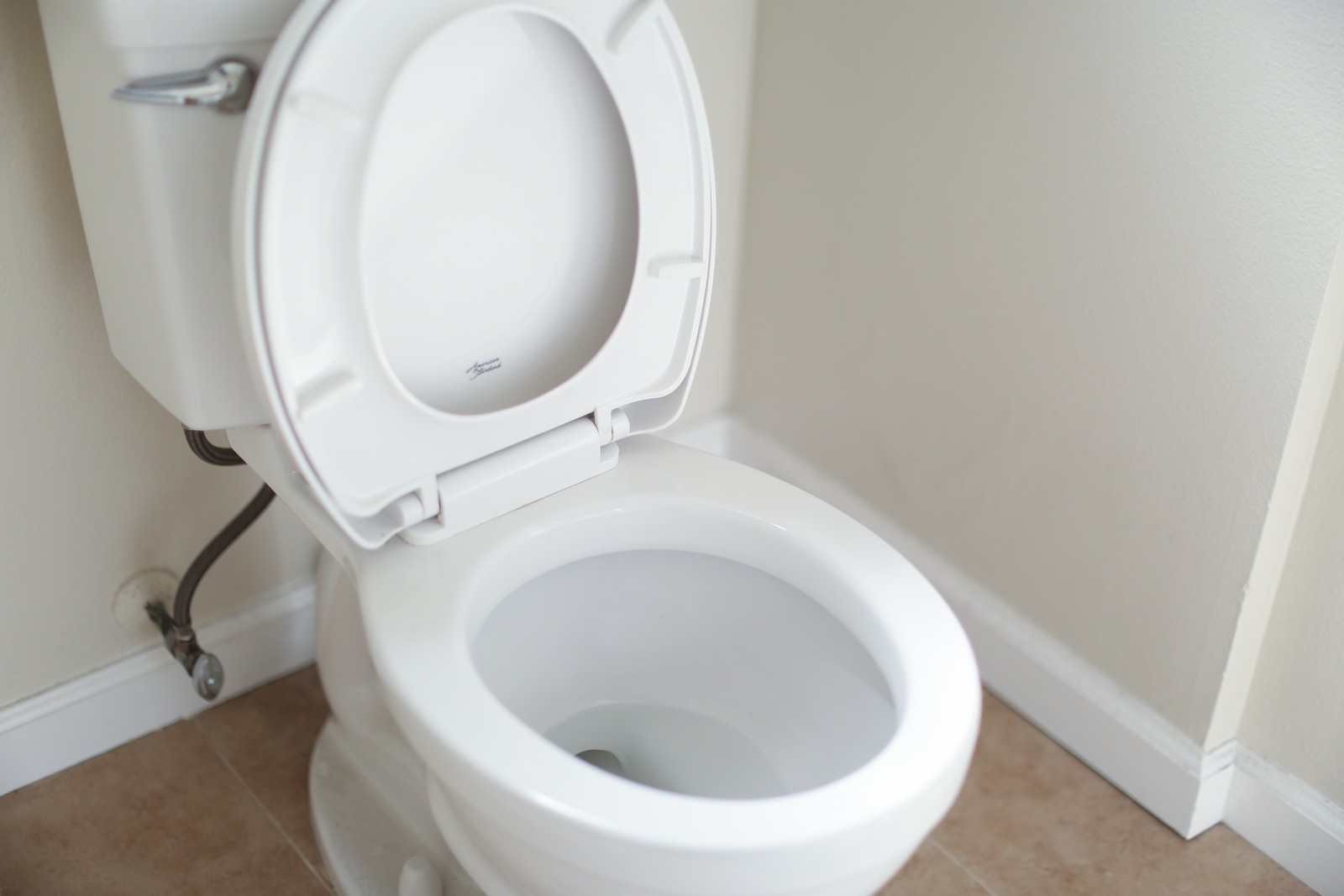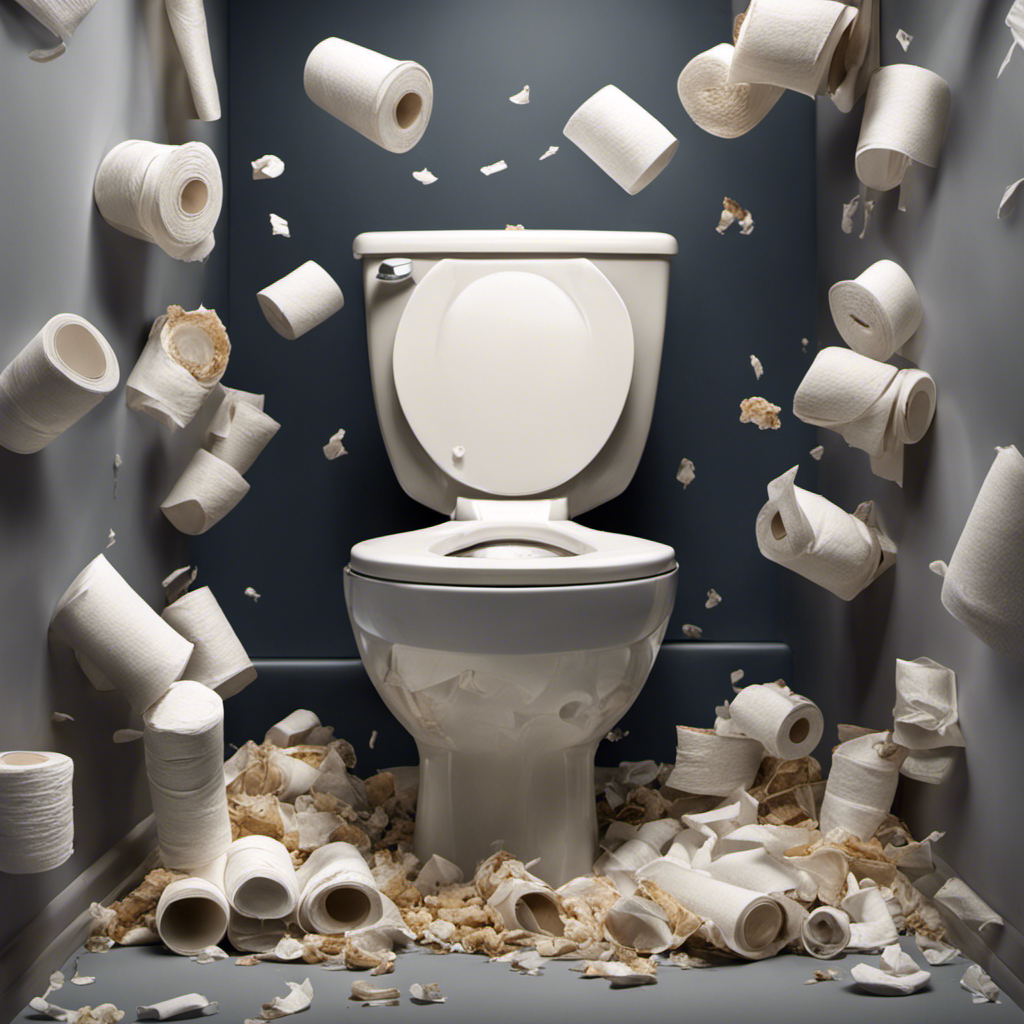I’ve always been curious about the effects of not flushing urine. Is it genuinely harmful?
In this article, we’ll explore the environmental impact, potential health risks, and impact on bathroom hygiene.
We’ll also delve into the role of urine in wastewater treatment and strategies to conserve water without leaving pee unflushed.
Cultural and societal perceptions, as well as practical tips for proper bathroom etiquette, will be discussed.

Get ready to uncover the truth behind this intriguing bathroom dilemma.
Key Takeaways
- Leaving pee unflushed can contribute to water conservation and reduce strain on water sources.
- However, stagnant urine can lead to the formation of harmful microorganisms and increase the risk of disease transmission.
- Regular flushing and sanitation practices are essential to maintain bathroom hygiene and prevent unpleasant odors.
- Urine can be treated to extract valuable resources such as nitrogen and phosphorus for plant growth and biogas for renewable energy.
Environmental Impact of Unflushed Pee
The environmental impact of leaving pee unflushed is significant. One of the main reasons is water conservation. Flushing the toilet uses a significant amount of water, and by not flushing pee, we can save a considerable amount of water. According to the Environmental Protection Agency (EPA), toilets account for nearly 30% of residential water use. By practicing urine separation and only flushing when necessary, we can reduce our water usage and contribute to water conservation efforts.
Another aspect to consider is the ecological footprint. Water is a precious resource, and its misuse can have detrimental effects on the environment. By conserving water through not flushing pee, we can help reduce the strain on water sources and ecosystems. This small change in behavior can make a big difference in the long run.
Moreover, leaving pee unflushed can also have positive implications for wastewater treatment plants. Pee contains nutrients like nitrogen and phosphorus, which are valuable for agriculture. When flushed, these nutrients end up in wastewater treatment plants, where they need to be removed before the water can be safely discharged. By not flushing pee, we reduce the load on these treatment plants and minimize the energy and resources required for nutrient removal.
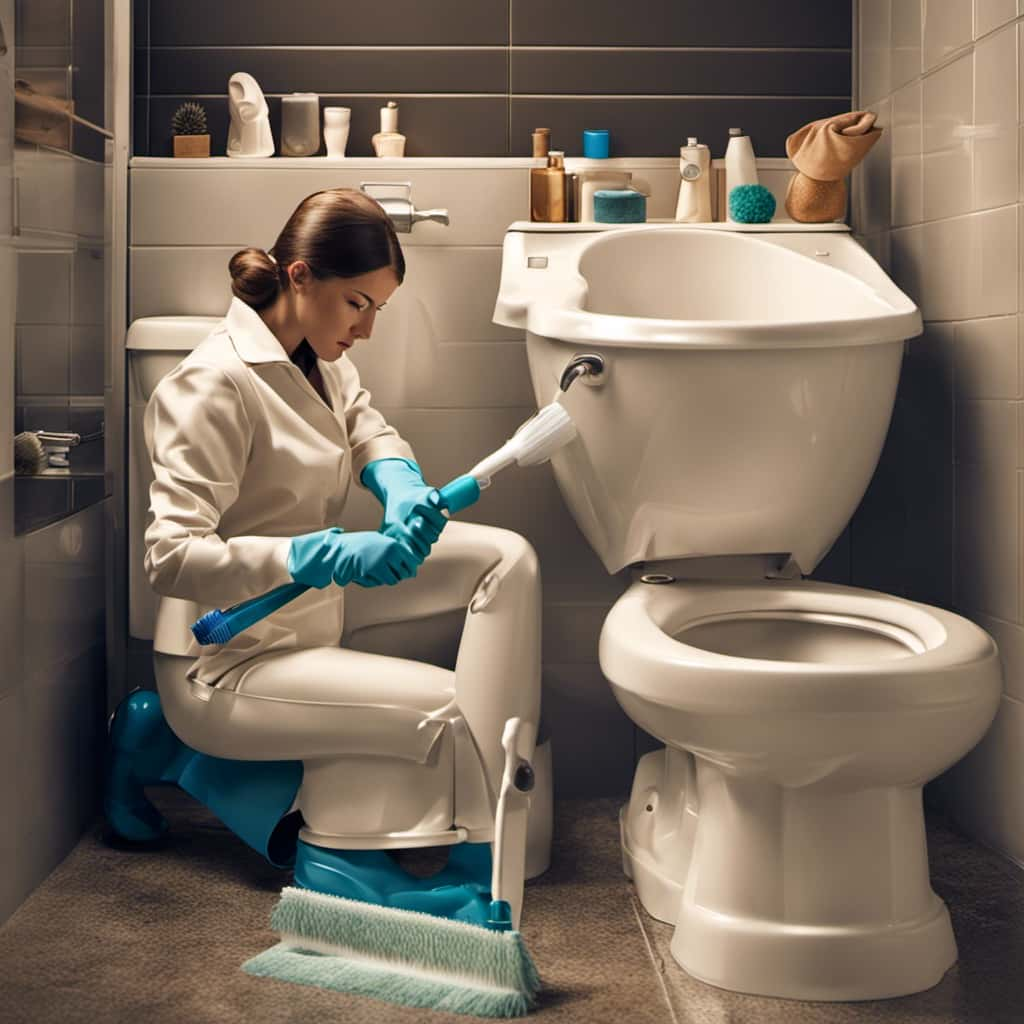
Potential Health Risks of Leaving Pee Unflushed
Leaving unflushed pee can pose potential health risks. While it may seem like a minor inconvenience, there are several reasons why it’s important to flush after using the restroom. Here are five key health risks associated with leaving pee unflushed:
- Bacterial growth: Urine contains bacteria that can multiply rapidly when left stagnant. This can lead to the formation of harmful microorganisms that can cause infections.
- Spread of disease: Public restrooms, in particular, can be breeding grounds for various pathogens. Leaving pee unflushed increases the risk of transmission of diseases like urinary tract infections and gastroenteritis.
- Odor problems: Unflushed urine can create a potential odor issue, which can be unpleasant for both users and the next person to use the restroom.
- Contamination of surfaces: When urine is left unflushed, there’s a higher chance of it splashing onto surrounding surfaces. This can result in the spread of bacteria and germs, increasing the risk of cross-contamination.
- Impact on air quality: Stagnant urine can release ammonia vapors into the air, which can be harmful to individuals with respiratory issues or sensitivities.
These potential health risks highlight the importance of maintaining proper bathroom hygiene. By promptly flushing after using the restroom, we can help minimize the spread of bacteria and maintain a clean and safe environment for everyone.
Impact on Bathroom Hygiene
I always make sure to flush the toilet after using the restroom to maintain proper bathroom hygiene. Leaving pee unflushed can have a negative impact on bathroom hygiene, especially in terms of bathroom odor and cleanliness. Urine contains ammonia, which can contribute to a strong and unpleasant smell if left stagnant in the toilet bowl. This can be particularly problematic in public restrooms or shared spaces where multiple people use the facilities.
In addition to the unpleasant odor, leaving pee unflushed can also lead to the growth of bacteria and germs. These microorganisms thrive in moist environments, and urine provides an ideal breeding ground. This can increase the risk of spreading infectious diseases and can be especially concerning in areas where personal hygiene practices may not be optimal.
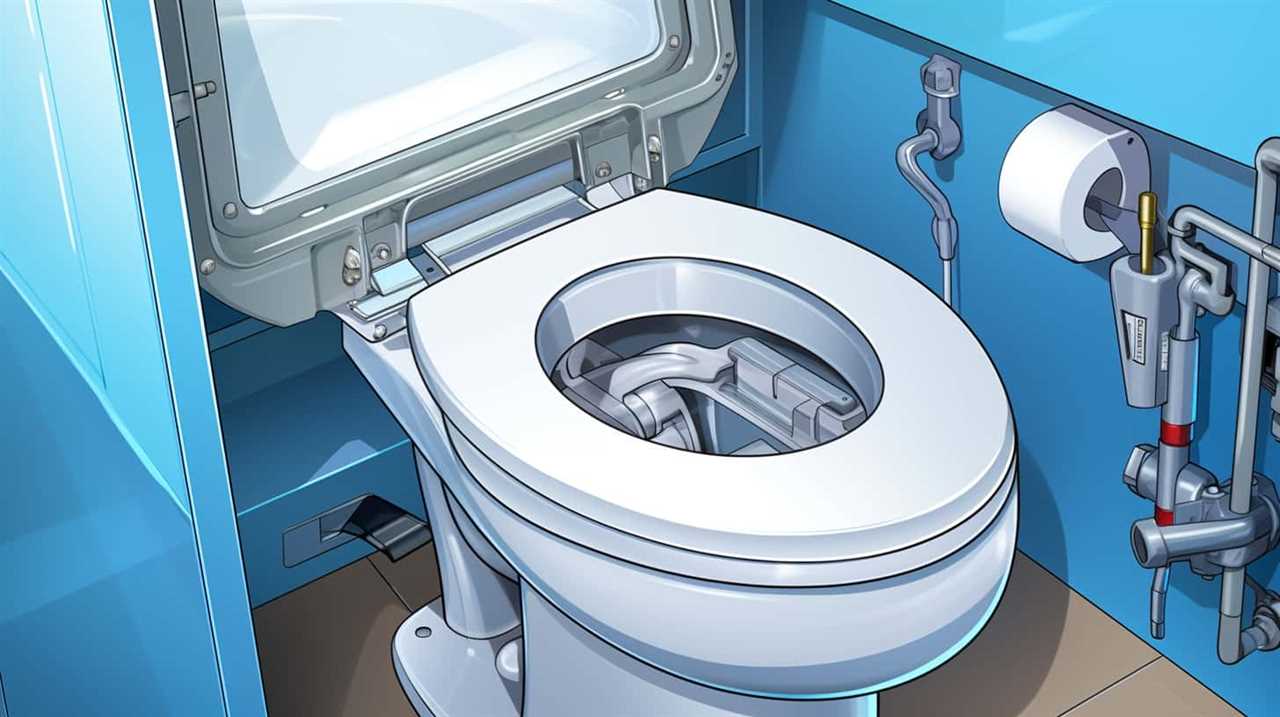
To combat these issues, it’s important to regularly clean and disinfect toilets and bathroom fixtures. Using appropriate cleaning products, such as bleach or disinfectant sprays, can help eliminate bacteria and reduce the odor caused by stagnant urine. Regular flushing and proper sanitation practices are essential in maintaining a clean and hygienic bathroom environment for everyone.
The Role of Urine in Wastewater Treatment
One important role of urine in wastewater treatment is its contribution to nutrient recycling. Urine contains valuable nutrients such as nitrogen and phosphorus, which can be beneficial for plant growth. Here are five key ways urine contributes to the wastewater treatment process:
- Nutrient source: Urine is a rich source of nitrogen and phosphorus, essential nutrients for plant growth. These nutrients can be extracted from urine and used as fertilizers in agriculture, reducing the need for synthetic fertilizers.
- Energy production: Urine can be treated to extract biogas, a renewable energy source. The anaerobic digestion of urine produces methane, which can be used to generate heat and electricity.
- Water conservation: By separating urine from wastewater, less water is needed for flushing toilets. This reduces water consumption and the demand for freshwater resources.
- Reduction of water pollution: When urine isn’t properly managed, it can contribute to water pollution. By treating urine in wastewater treatment plants, harmful substances and pathogens can be removed, protecting water bodies from contamination.
- Sustainable sanitation: Urine diversion and treatment is an important aspect of sustainable sanitation systems. It helps in closing the nutrient loop, conserving water, and reducing the environmental impact of wastewater management.
Incorporating urine management into the wastewater treatment process not only helps in conserving resources but also promotes sustainable practices for a healthier environment.
Strategies to Conserve Water Without Leaving Pee Unflushed
To conserve water without leaving pee unflushed, I can implement simple yet effective strategies. By adopting water conservation methods and eco-friendly bathroom habits, we can reduce our water usage without sacrificing cleanliness or hygiene. Here are some practical tips to help you conserve water in the bathroom:
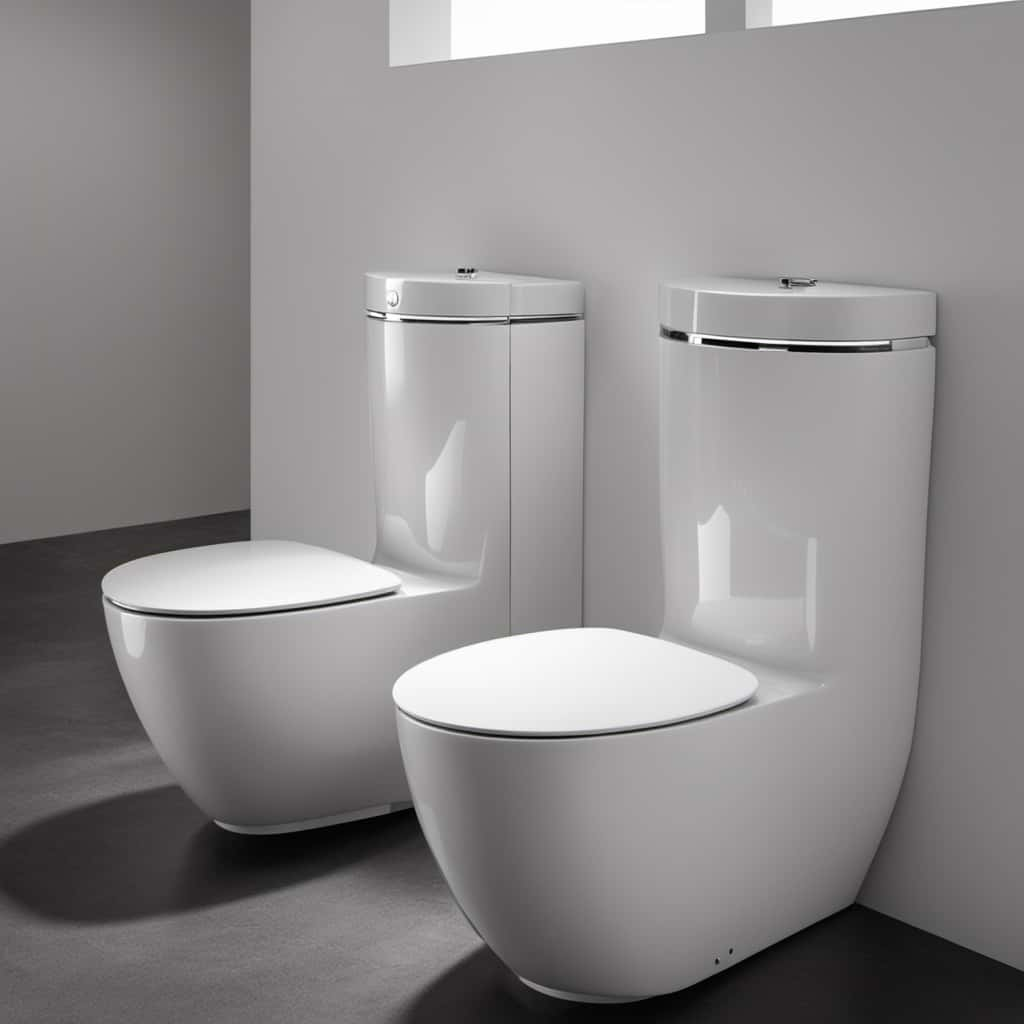
| Water Conservation Methods | Eco-Friendly Bathroom Habits | Other Strategies |
|---|---|---|
| Install low-flow toilets | Limit shower time | Fix leaks |
| Use a dual-flush toilet | Turn off the tap while brushing teeth | Collect and reuse water |
| Install aerators on faucets | Use a bucket instead of a running tap for cleaning | Install a graywater system |
| Take shorter showers | Use a broom instead of a hose for cleaning outdoor spaces | Educate others about water conservation |
Cultural and Societal Perceptions of Unflushed Pee
Cultural and societal perceptions regarding unflushed pee vary widely. How society views this act can be influenced by cultural norms and social stigma. Here are five key points to consider:
- Cultural norms: Different cultures have different hygienic practices and expectations when it comes to bathroom etiquette. What may be acceptable in one culture could be considered taboo in another.
- Social stigma: Leaving pee unflushed can carry a social stigma, as it’s often seen as unclean or unsanitary. This stigma can lead to judgment or embarrassment for those who choose not to flush.
- Environmental awareness: With increasing concerns about water conservation, some individuals may prioritize saving water over societal expectations. They may see leaving pee unflushed as a small step towards reducing water waste.
- Personal comfort: Some people may feel uncomfortable using a toilet that has unflushed pee, regardless of cultural or societal perceptions. Personal preferences and hygiene practices can play a significant role in how individuals view this issue.
- Education and awareness: Public health campaigns and education about proper bathroom etiquette can influence cultural perceptions. By promoting proper hygiene practices, society can shape attitudes towards leaving pee unflushed.
Understanding the cultural and societal perceptions of unflushed pee can help us navigate this topic with empathy and respect for diverse perspectives.
Practical Tips for Proper Bathroom Etiquette
When it comes to proper bathroom etiquette, there are two key points to consider: toilet seat cleanliness and handwashing after use.
It’s important to ensure that the toilet seat is left clean for the next person by wiping it down if necessary.
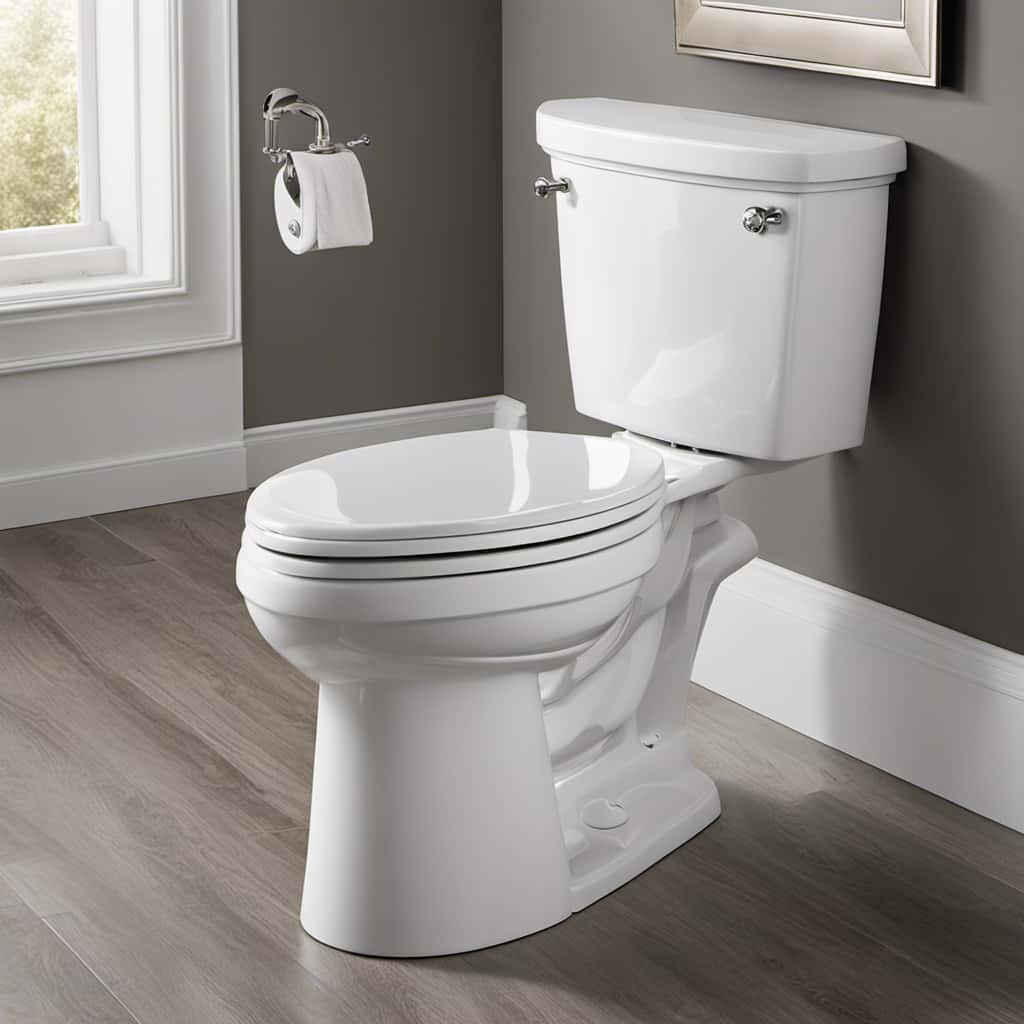
Additionally, washing your hands thoroughly with soap and water is crucial in preventing the spread of germs and maintaining good hygiene.
Toilet Seat Cleanliness
For maintaining proper bathroom etiquette, it’s essential to be mindful of toilet seat cleanliness. Neglecting toilet seat maintenance can lead to unsightly urine stains and an unhygienic environment. To ensure a clean and pleasant experience, here are five practical tips to follow:
- Always wipe the toilet seat before and after use, using disinfectant wipes or toilet paper.
- Encourage everyone to lift the toilet seat when urinating to prevent any accidents or messes.
- Remind household members to flush the toilet after use to avoid leaving behind any residue.
- Consider using toilet seat covers as an extra layer of protection against germs and bacteria.
- Regularly clean the toilet seat with a mild cleaner to remove any stains or odors.
Maintaining a clean toilet seat is crucial for personal hygiene and the comfort of all users.
Now, let’s delve into another important aspect of proper bathroom etiquette: handwashing after use.

Handwashing After Use
After using the bathroom, it is important to wash your hands thoroughly to maintain proper hygiene and prevent the spread of germs. Proper handwashing techniques can significantly reduce the risk of illness and infection. Here are some practical tips for proper bathroom etiquette:
| Handwashing Techniques | Importance of Toilet Cleanliness |
|---|---|
| Use warm water and soap | Regular cleaning prevents |
| Rub hands together for 20 seconds | the buildup of bacteria |
| Pay attention to the areas between fingers and under nails | Flush the toilet after use to remove waste and minimize odors |
| Rinse hands thoroughly | Proper disposal of waste, such |
| Dry hands with a clean towel or air dryer | as used tissues, is essential |
Frequently Asked Questions
Can Leaving Pee Unflushed Lead to Plumbing Issues in the Long Run?
Leaving pee unflushed can potentially lead to plumbing issues in the long run. It’s important to consider the potential health risks associated with leaving urine exposed, such as the growth of bacteria and unpleasant odors.
Additionally, it’s worth noting that by not flushing, we waste more water over time. Conserving water is crucial for environmental sustainability. Therefore, it’s generally advised to flush urine to maintain hygiene and water conservation.
Is It Safe to Leave Pee Unflushed if It’s Just a Small Amount?
Leaving pee unflushed, even if it’s a small amount, can raise hygiene concerns. Urine can contain bacteria and odors that can linger in the bathroom, potentially causing unpleasant smells and increasing the risk of bacterial growth.
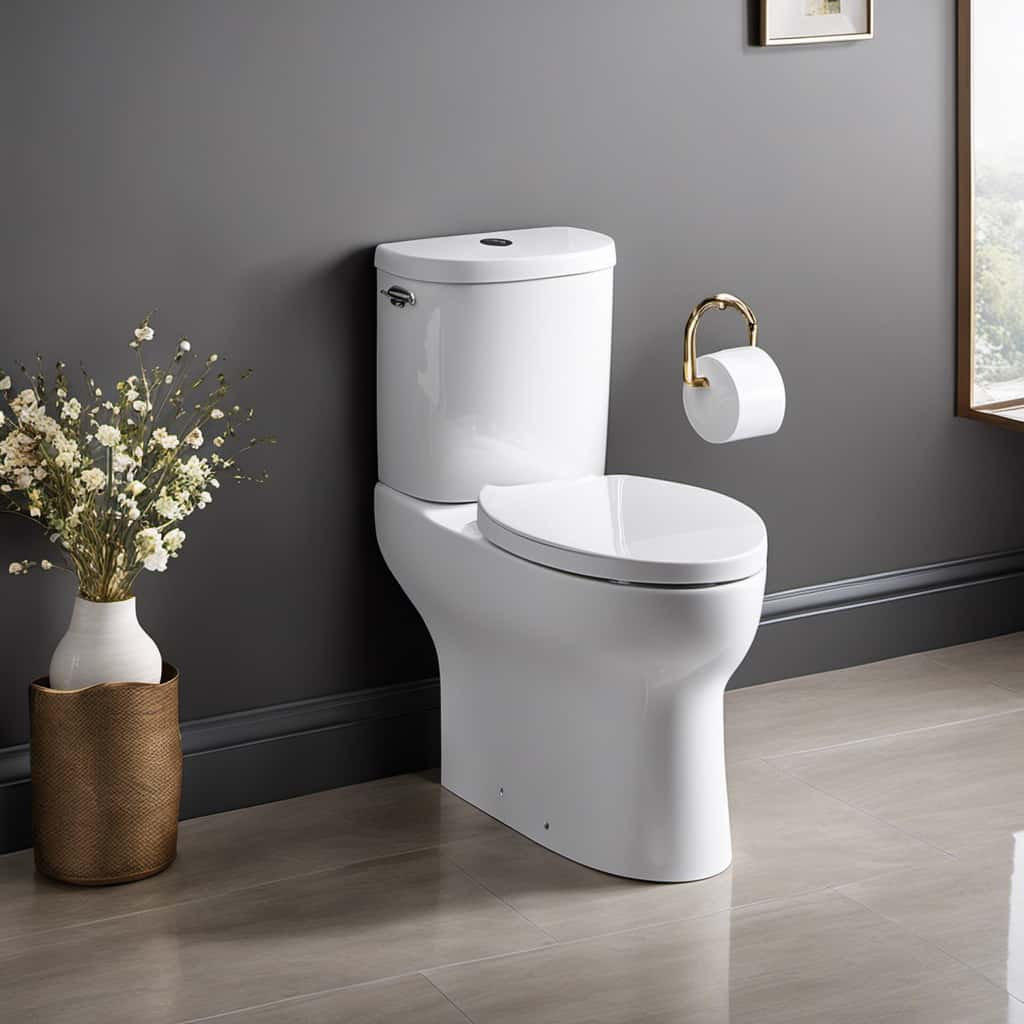
However, from a water conservation perspective, flushing for just small amounts of urine may seem wasteful. It’s important to strike a balance between conserving water and maintaining good hygiene by considering alternative options like using water-saving flushes or urinals.
Does Leaving Pee Unflushed Contribute to Unpleasant Odors in the Bathroom?
Leaving pee unflushed can definitely contribute to unpleasant odors in the bathroom. I know it may seem like a small amount and harmless, but urine can quickly break down and release ammonia, which can create a strong smell.
Additionally, bacteria can multiply in stagnant urine, leading to further odors and potential hygiene issues.
It’s best to flush the toilet promptly to maintain a fresh and clean bathroom environment.

Can Leaving Pee Unflushed Attract Pests or Insects?
Leaving pee unflushed can attract pests and insects, which can be a health concern. The stagnant urine provides a food source and breeding ground for pests like flies and cockroaches.
These pests can carry diseases and bacteria, posing a risk to our health. It’s important to flush urine to prevent the attraction of pests and maintain a clean and hygienic environment.
Is There a Difference in Environmental Impact Between Flushing Urine and Feces?
There is indeed a difference in the environmental impact between flushing urine and feces. When urine is left unflushed, it can lead to a stronger odor compared to when it’s flushed.
Additionally, leaving pee unflushed can contribute to water conservation efforts as it reduces the amount of water being used for flushing.
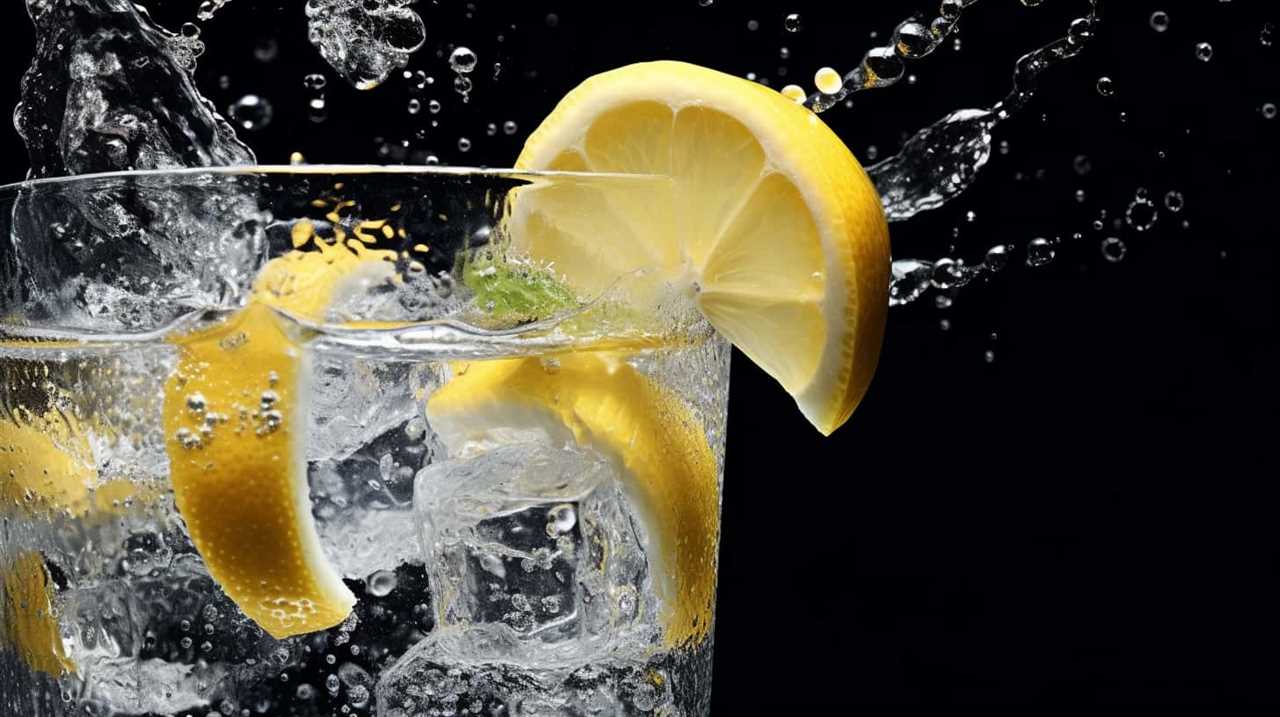
However, it’s important to maintain good hygiene and consider the preferences of others when deciding whether or not to flush urine.
Conclusion
Based on the evidence presented, leaving pee unflushed can have negative environmental and health impacts. It contributes to water pollution and can spread harmful bacteria.
Additionally, it can lead to unpleasant odors and unsanitary bathroom conditions.
While there are strategies to conserve water without flushing pee, it’s important to maintain proper bathroom etiquette for the sake of hygiene and the environment.
